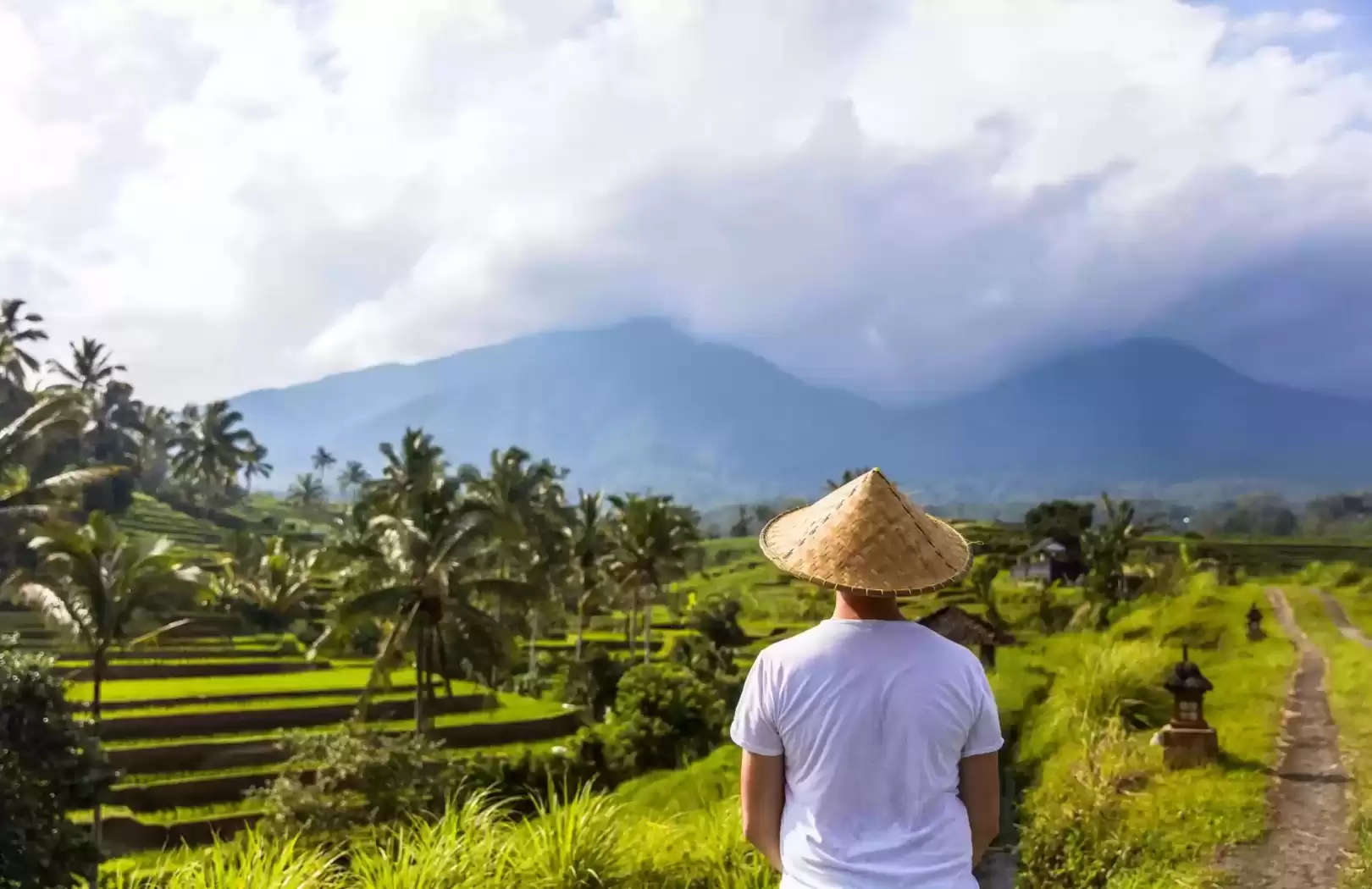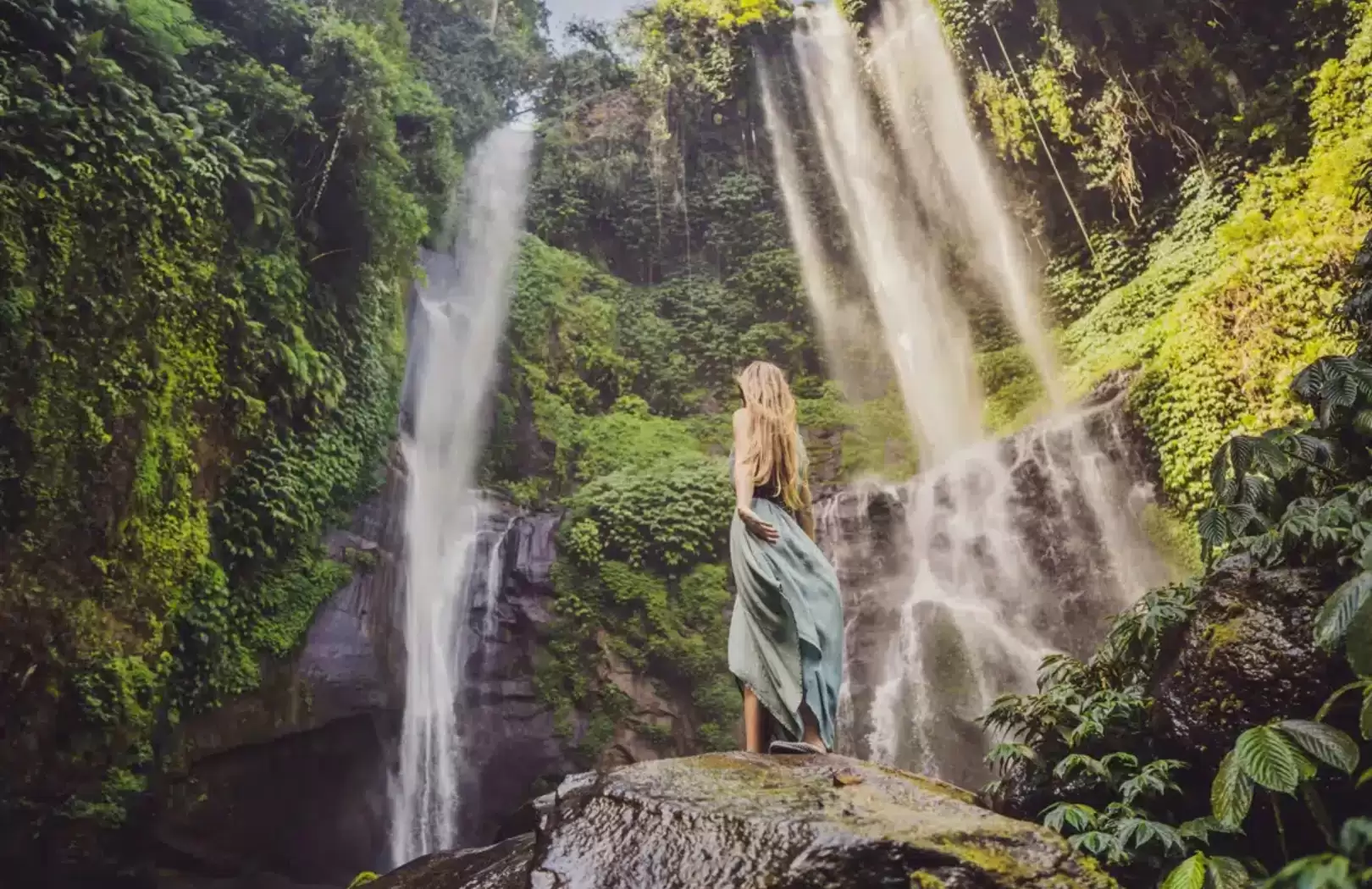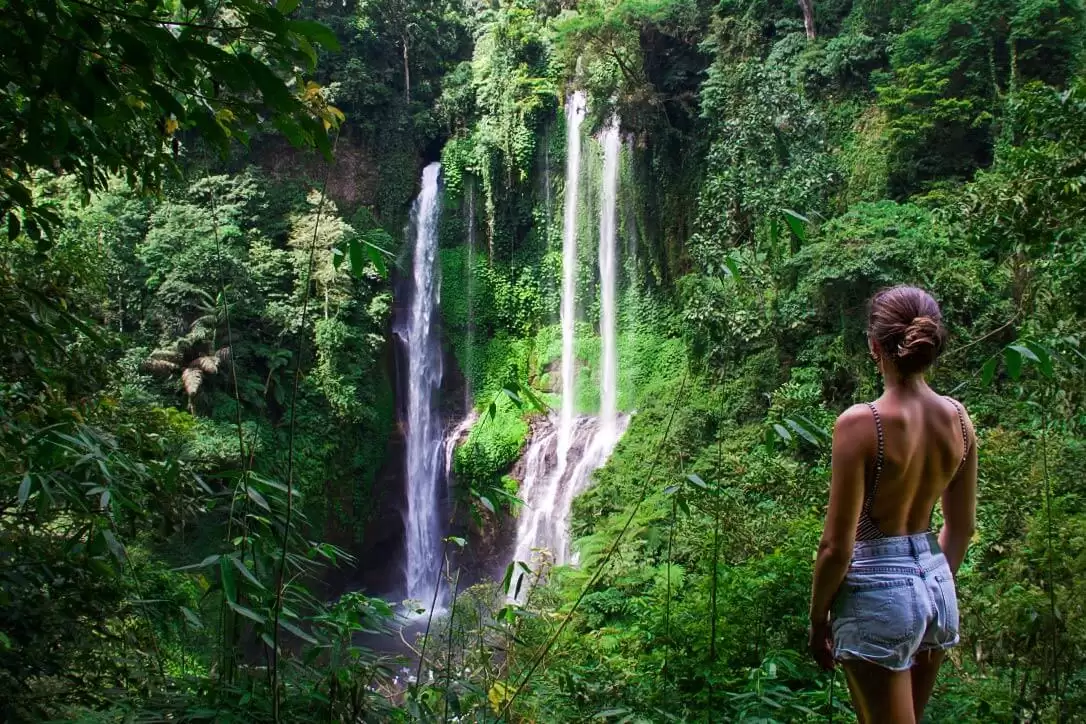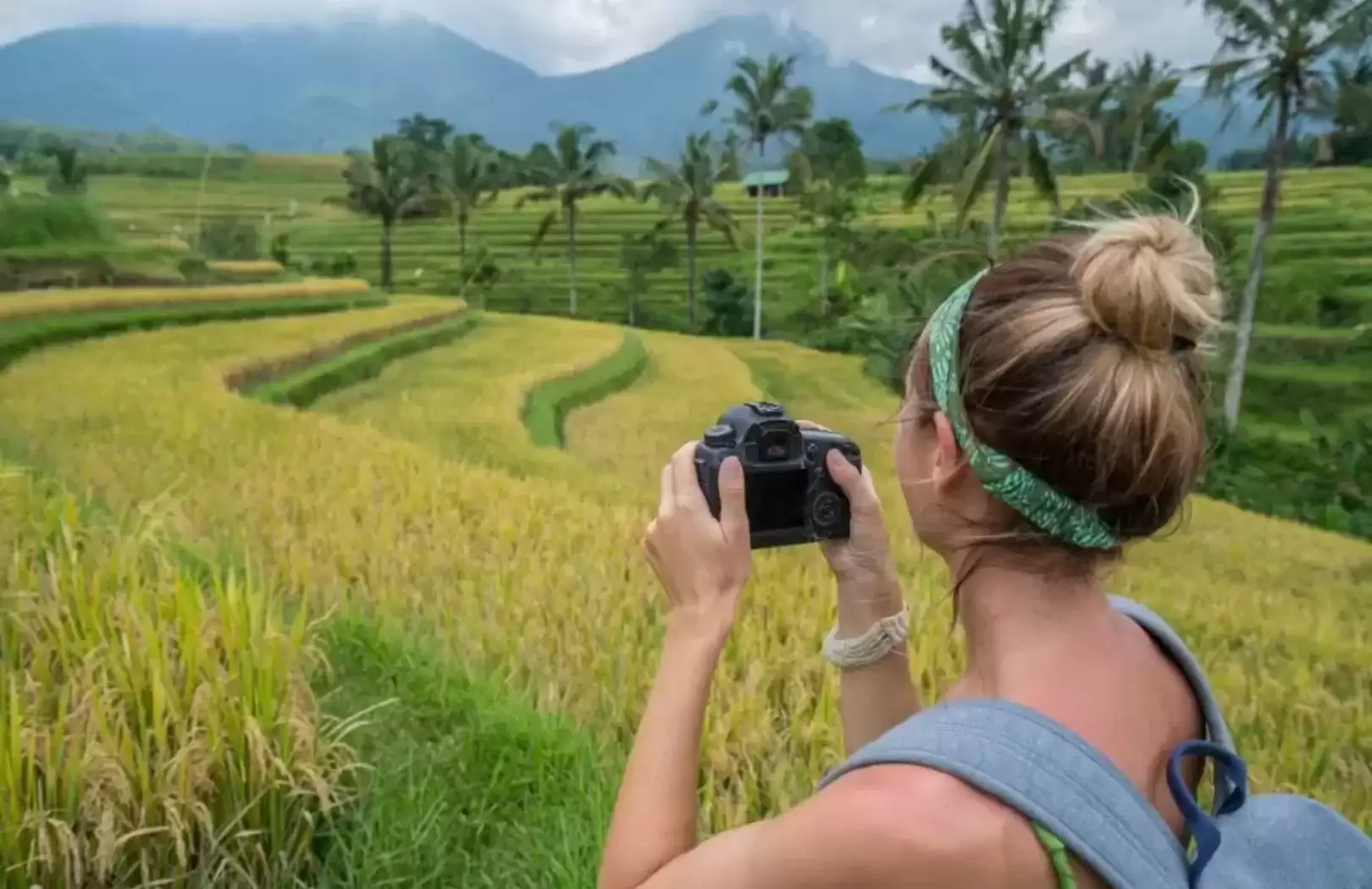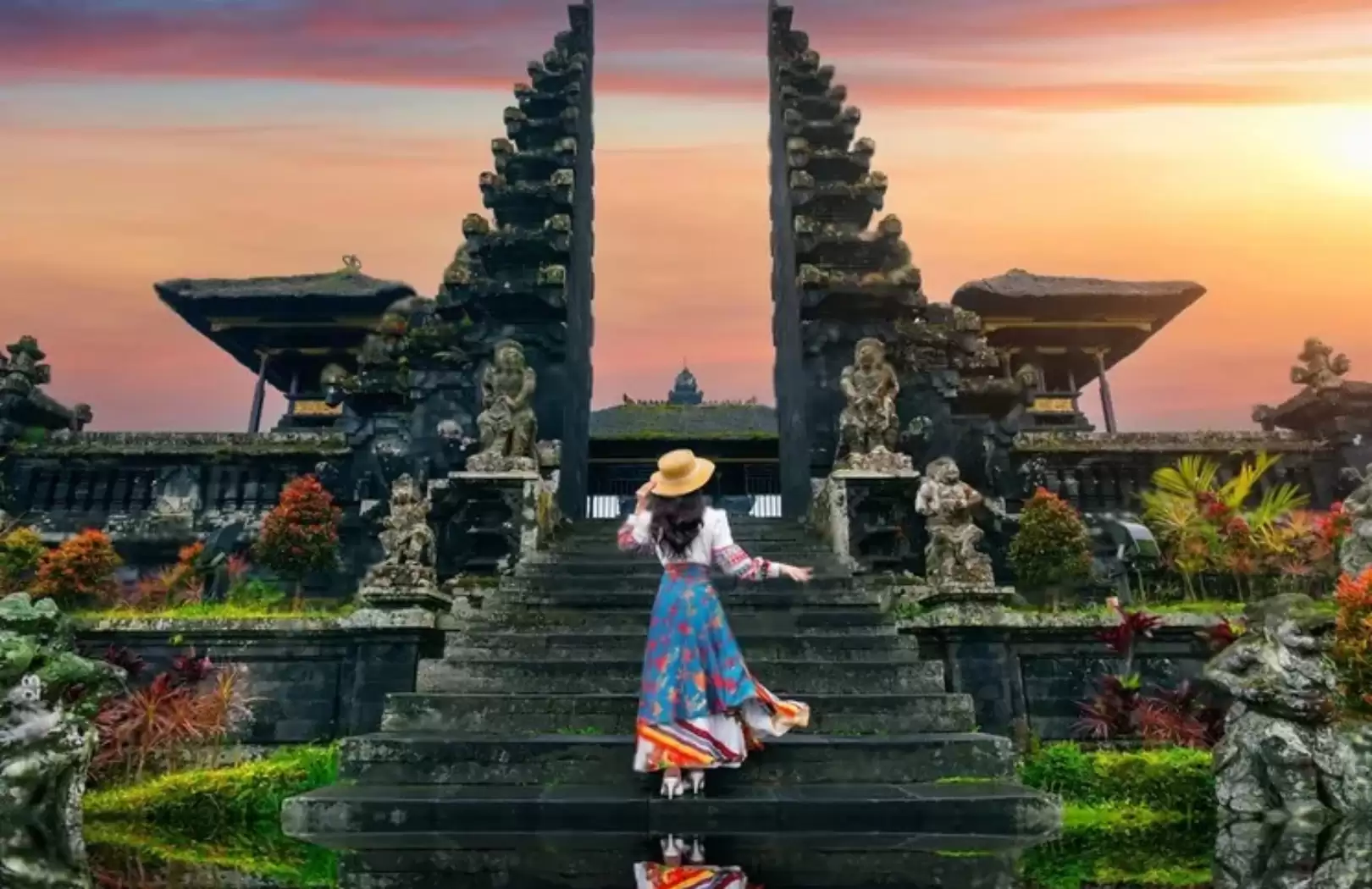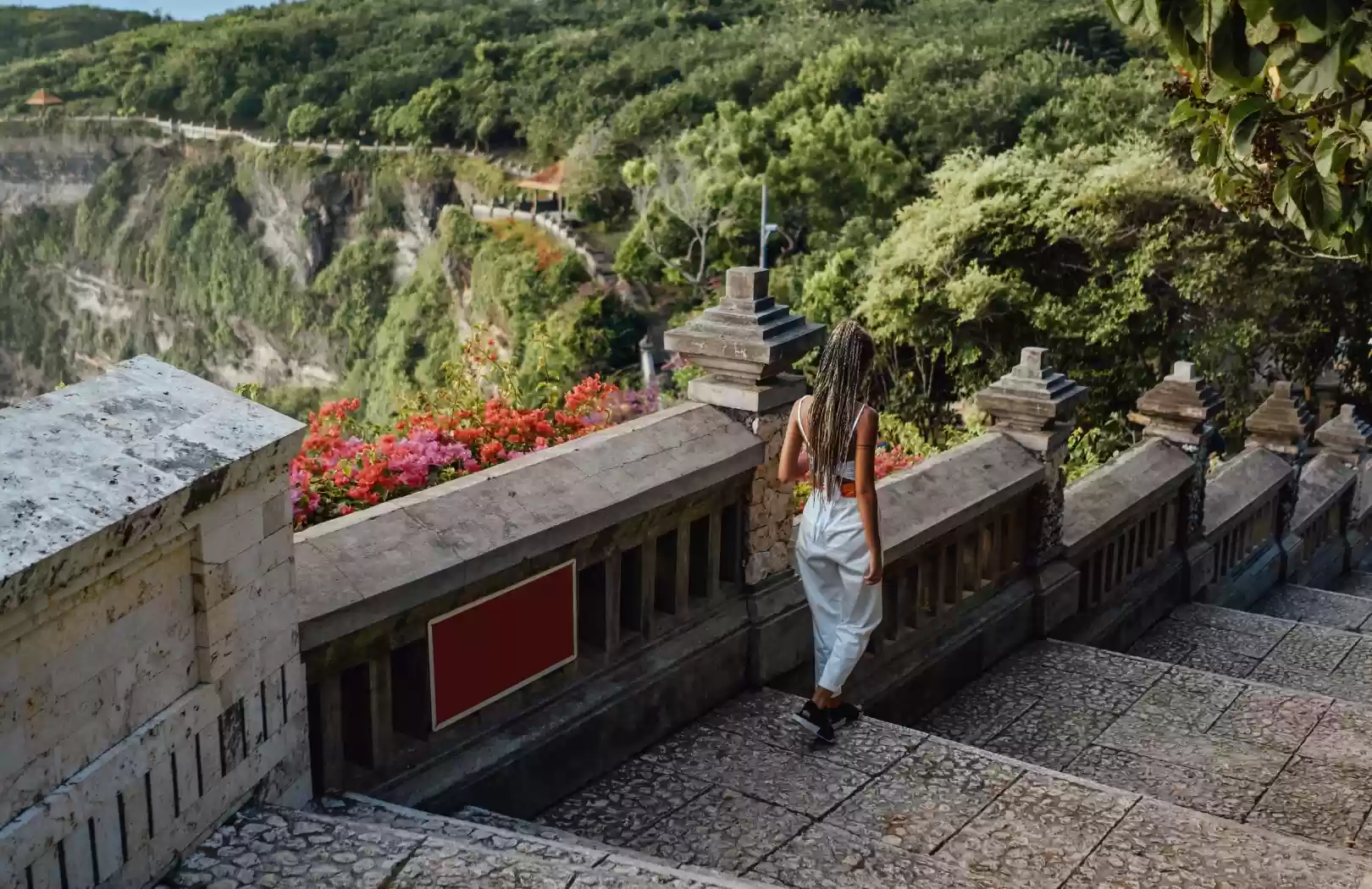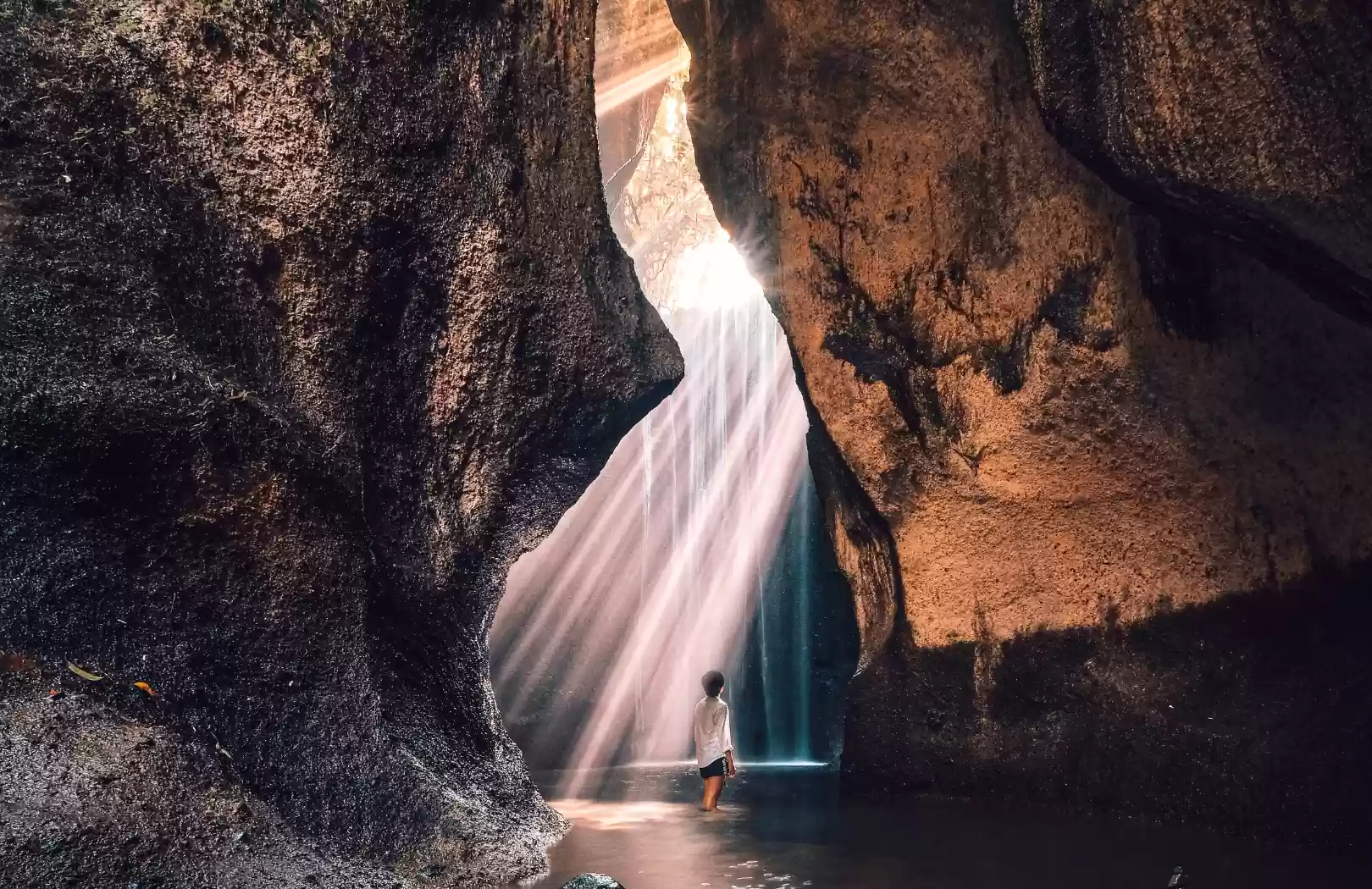Nusa Penida: Bali’s Untamed Treasure Through My Eyes
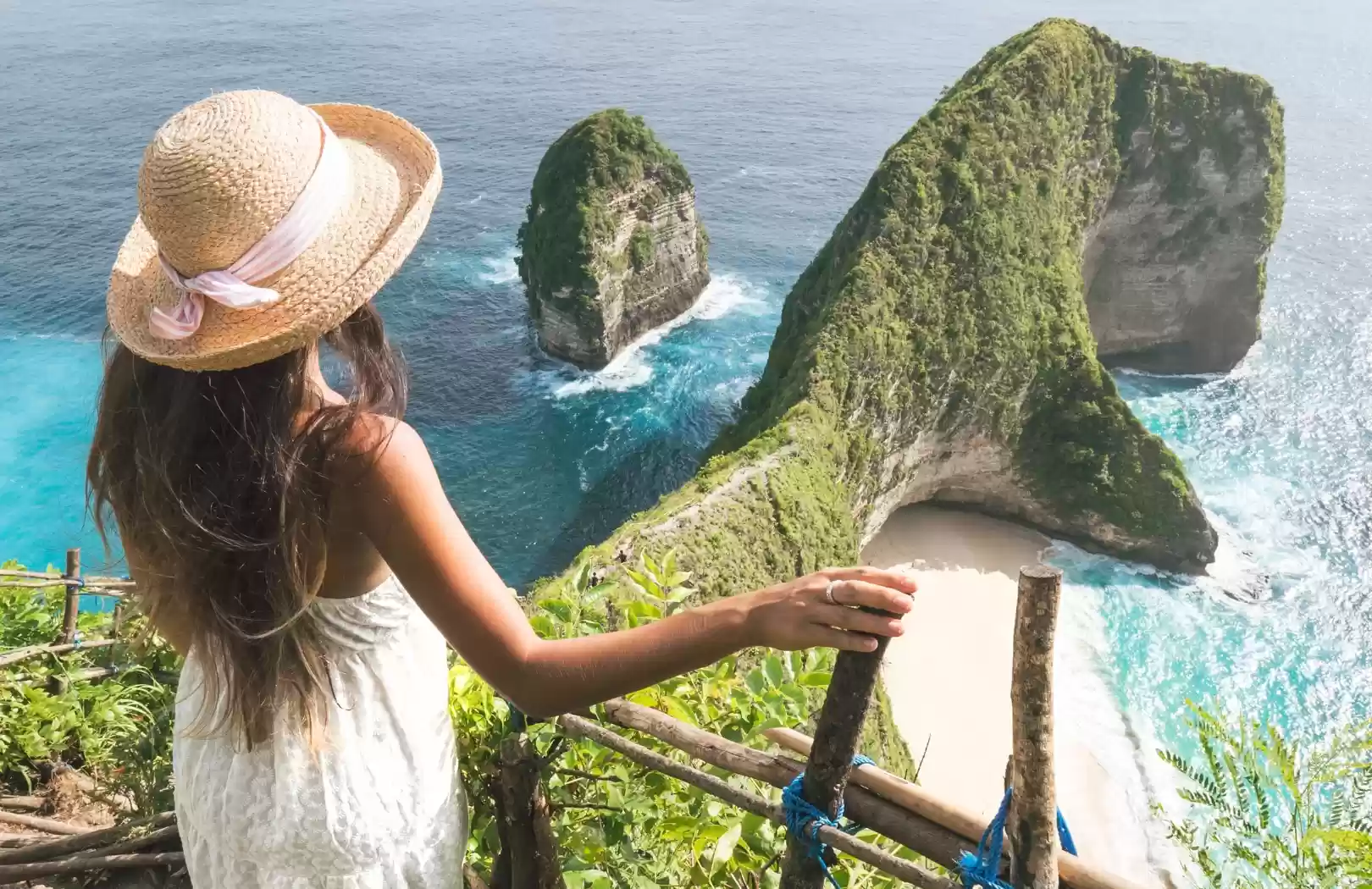
For someone who was born and raised in Bali, I’ve had the privilege of witnessing the island from many different angles—through the lens of a local, a hospitality professional, and now, as a storyteller. But no matter how many parts of Bali I explore, one place always manages to hit me differently every time I go: Nusa Penida.
I remember the first time I visited Nusa Penida—not as a tour coordinator, not as a driver, but just as Yoga, a Balinese man curious about his own island. I was on a simple day trip from Sanur, with no specific itinerary in mind, only a desire to reconnect with nature after a particularly exhausting week in the city. That spontaneous trip turned out to be one of the most powerful and grounding experiences I’ve had in all my years of exploring Bali.
A Journey Begins on the Sea
Getting to Nusa Penida is an adventure in itself. The fast boat from Sanur Beach takes about 45 minutes to an hour, slicing through the Bali Sea. On that first trip, I sat quietly by the window of the boat, feeling the cool sea spray hit my face. As the mainland slowly faded behind me, I saw the silhouette of Nusa Penida rising from the horizon, bold and proud like a sleeping giant.
Unlike the polished infrastructure and tourist-heavy beaches of South Bali, arriving at Nusa Penida feels like stepping into another era. There’s an immediate rawness to the island—rugged cliffs, untamed coastlines, and dry hills blanketed in brush. The roads are narrow and sometimes bone-rattling, but every turn rewards you with stunning vistas: winding paths that cut through limestone ridges, distant temples perched on hills, and the turquoise sea endlessly crashing below.
Kelingking: The Cliff That Takes Your Breath Away
Of course, no journey to Nusa Penida is complete without a stop at Kelingking Beach—the now-iconic cliff shaped like a T-Rex. It’s one of the most photographed places in Bali, but seeing it in person is something else entirely.
I’ve been there countless times—first as a solo visitor, and later as a guide with O.Y.I Luxury Trans—but that initial visit is etched in my memory. I remember standing at the edge, gripping the rough wooden fence as I gazed out. The drop was sheer, the waves below thunderous, and the ocean stretched endlessly into the horizon. It wasn’t just beautiful—it was overwhelming.
A few years later, I guided a guest who insisted on hiking down to the beach. I told her it would be tough, and I wasn’t exaggerating. The descent is steep, slippery, and demanding, with only bamboo railings to hold onto. But when we reached the beach—sweating, breathless, and covered in dust—we just stood there in silence. The sand was soft and white, the water impossibly clear, and we were the only two people on that entire stretch. It felt like stumbling into a secret corner of the planet.
Penida’s Soul: Sacred Energy and Community Spirit
Nusa Penida isn’t just about cliffs and beaches—it’s a place with deep spiritual significance for the Balinese. Many believe the island holds strong mystical energy. It’s home to several important temples, such as Pura Goa Giri Putri, which is located inside a cave. You have to crawl through a narrow opening to get inside, and once you're in, it's dimly lit, with offerings and incense smoke curling up in silence. Ceremonies here are intimate and powerful.
Once, I joined my uncle for a three-day spiritual ceremony on the island. We stayed in a modest homestay near the temple. Each morning, we woke up before dawn to help prepare offerings made from coconut leaves, flowers, and rice. There was no phone signal, no distractions—just focus, prayer, and community. That trip changed the way I saw the island. Beyond its natural beauty, Penida is held together by its people, its beliefs, and a timeless way of life.
Even today, when I bring guests to Penida, I try to show them this deeper layer. It’s not just about the “Insta-famous” spots. It’s about listening to the land, respecting the locals, and understanding that you are stepping into a place with a spirit of its own.
Broken Beach and Angel’s Billabong: Nature’s Masterpieces
Another favorite destination of mine is Broken Beach (Pasih Uug) and its neighboring site, Angel’s Billabong. Both are natural wonders, shaped by thousands of years of ocean power.
Broken Beach features a circular cliff formation with a sea tunnel running through it—like nature’s own coliseum. Standing on the edge, you can watch as waves surge in and out beneath the rock bridge. Just a short walk away is Angel’s Billabong, a natural infinity pool formed by layers of rock that fill with crystal-clear seawater during high tide.
I’ve been lucky to visit these places early in the morning, before the crowds and tour buses arrive. The light at sunrise is magical—it bounces off the tide pools and turns everything golden. But I always remind my guests to be cautious. The tide can change suddenly, and the rocks are slippery. Respecting nature is part of the journey.
Beyond Tourism: The Human Stories
One of my most rewarding experiences was organizing a custom tour for a group of international volunteers. Instead of only visiting tourist attractions, we planned a route that included time with local communities. We visited a primary school inland, where the volunteers helped repaint classroom walls and brought donated school supplies. Later, we spent time with a group of seaweed farmers on the coast, learning about their craft and challenges.
It was a beautiful exchange. The volunteers learned about the resilience and traditions of island life, and the locals felt seen and appreciated beyond the lens of tourism. These are the moments I cherish most—where travel becomes meaningful for both sides.
Penida’s people are incredibly warm and genuine. They don’t have much, but what they do have, they offer freely: a smile, a story, a plate of food. And that kind of hospitality stays with you long after you’ve left the island.
The Future of Penida: Growth With Responsibility
In recent years, Nusa Penida has become increasingly popular. New cafes, homestays, and Instagram photo spots are popping up everywhere. While tourism has brought economic opportunity, it also presents challenges: waste management, road safety, and preserving sacred spaces.
As someone who now operates tours under O.Y.I Luxury Trans, I feel a deep responsibility to be part of the solution. Our team is trained not just to guide, but to educate—on environmental awareness, cultural sensitivity, and safety. We also collaborate with local stakeholders to support eco-tourism projects and promote practices that benefit the island rather than exploit it.
I always tell my guests: “We’re not just visiting a place; we’re entering someone’s home. Treat it that way.” When you walk softly, ask questions, and show respect, the island opens up to you in ways you can’t imagine.
Reflections: Why I Keep Coming Back
There’s a reason I keep returning to Nusa Penida, even after all these years. It’s not just for the views—though they are spectacular. It’s for the way the island makes me feel.
Penida strips away the noise. It confronts you with raw cliffs, untamed waves, and moments of silence that cities can’t offer. It humbles you. It reminds you of your place in the grand design of nature.
Whenever life feels overwhelming or I need to reconnect with something real, I go back. I stand at the cliff’s edge. I listen to the wind and the waves. I talk to the locals. And I feel like myself again.
In a world where travel is often reduced to checklists and selfies, Nusa Penida stands as a reminder of why we travel in the first place: to feel small, to feel alive, and to feel connected—to nature, to culture, and to each other.
So if you ever find yourself in Bali, don’t just stay on the surface. Take the boat. Make the crossing. And let Nusa Penida show you what the island really means.
Not just in pictures. But in feeling.

